
When it comes to sewing, having the right materials at your disposal is crucial to ensure a successful project. Whether you are a beginner or an experienced seamstress, understanding the different sewing materials available will help you choose wisely and achieve the desired results.
1. Fabrics
Fabrics form the foundation of any sewing project. They come in a wide variety of types, including cotton, linen, silk, wool, polyester, and more. Each fabric type has unique properties that may affect your project, such as weight, texture, stretch, and drape. It’s essential to consider the fabric’s suitability for your intended use and understand its care requirements before commencing any sewing project.
2. Threads
Threads are essential for sewing, as they hold the fabric pieces together. They come in various materials, such as cotton, polyester, silk, or nylon. The type of thread you choose should match the fabric and the sewing technique you’ll be using. For example, you may need a more sturdy thread for heavy-duty fabrics or a delicate, fine thread for delicate fabrics or decorative stitching.
3. Needles
The right sewing needle is crucial for a smooth stitching experience. Needles come in different sizes and types, designed for specific fabrics or purposes. The size of the needle varies based on the fabric weight and thickness. For instance, a heavy fabric like denim would require a larger and stronger needle, while a delicate fabric like silk would need a finer needle. Additionally, there are specialized needles for embroidery, leatherwork, or quilting.
4. Pins, Clips, and Marking Tools
Pins and clips are indispensable tools for keeping fabric layers in place during sewing. Pins with sharp points are useful for most fabrics, while clips are better suited for thicker or delicate materials. Marking tools, such as fabric chalk or water-soluble pens, are essential for transferring pattern marks onto fabric accurately.
5. Cutting Tools
To cut your fabrics accurately, you’ll require cutting tools, including fabric scissors, pinking shears, or rotary cutters. Fabric scissors have a sharp, clean cut suitable for various fabrics, while pinking shears create zigzag edges to prevent fraying. Rotary cutters, combined with a self-healing cutting mat and a ruler, enable precise cutting lines and are particularly useful for quilters.
6. Fasteners
Fasteners provide closures for garments and other sewn items. Common fasteners include zippers, buttons, snaps, hooks and eyes, or Velcro. Choosing the right type of fastener depends on the fabric, the garment’s style, and personal preference.
7. Interfacing and Stabilizers
Interfacing and stabilizers provide support and structure to certain areas of a garment. Interfacing is typically woven or non-woven material applied to collars, cuffs, or waistbands to add stability and shape. Stabilizers are used to strengthen areas during embroidery or stabilize stretchy fabrics when sewing.
8. Seam Ripper and Other Notions
A seam ripper is a handy tool for removing stitching mistakes or altering sewing projects. Other sewing notions that come in handy include thimbles, pin cushions, measuring tapes, hem gauges, elastic, and bias tape. These items help streamline the sewing process and improve the overall quality of your projects.
Remember, sewing materials can greatly affect the outcome of your project. Choosing high-quality fabrics, suitable threads, and the right accessories will enhance your sewing experience and ensure your creations stand the test of time.
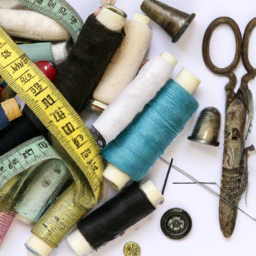
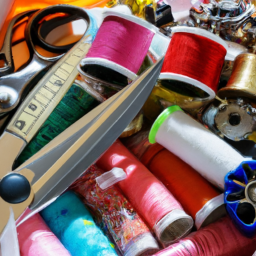
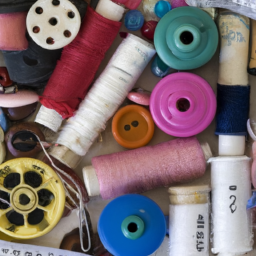
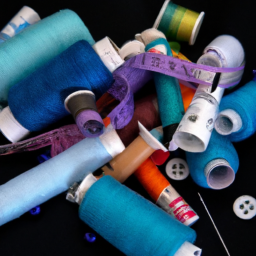
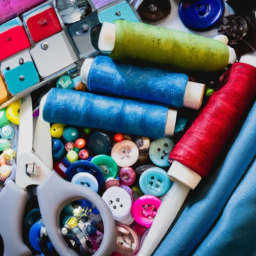
This is a great post!
Yasmin Chaudhry: Very informative
Great post! This is an incredibly useful resource for anyone looking to learn more about the different materials and tools required to create different types of sewing projects. Learning which fabric works best for a particular project can make a big difference in the overall look and feel of the finished product!
Definitely helpful!